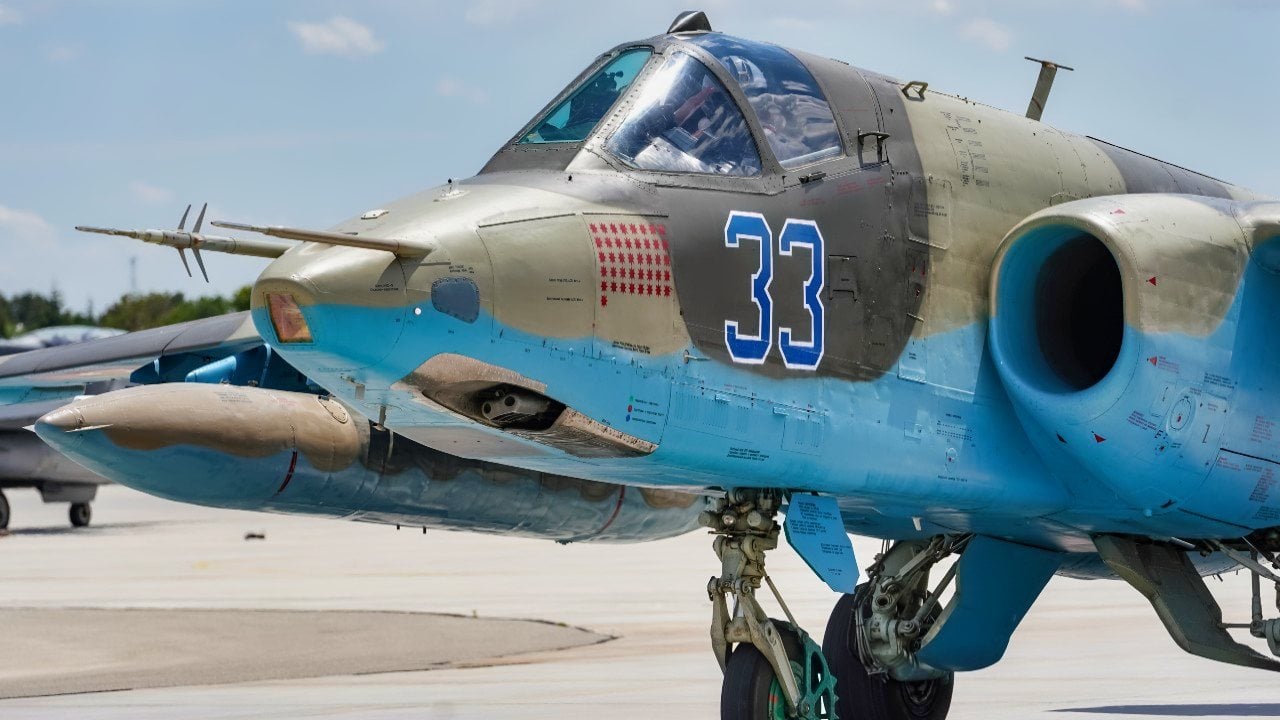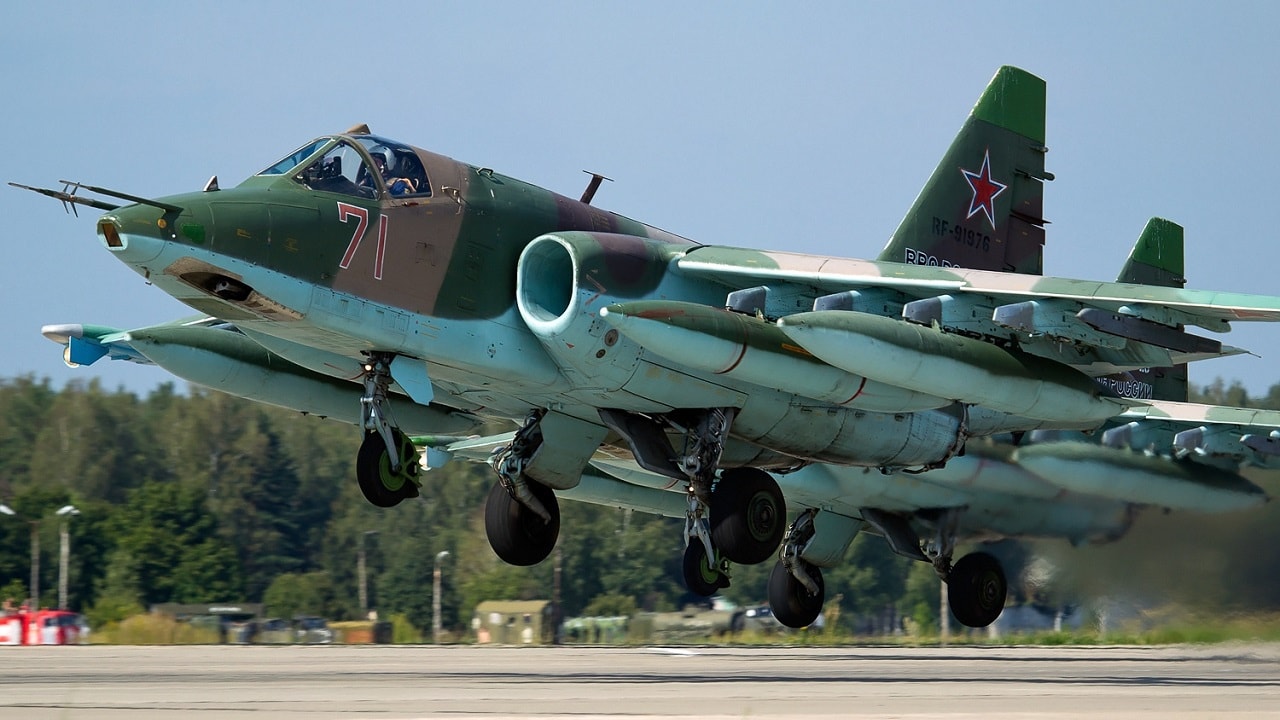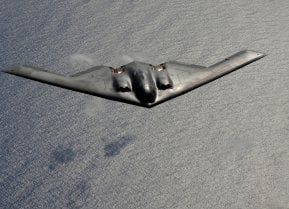Sukhoi Su-25 Frogfoot: Russia's Flying Tank Has Something The A-10 Can't Match
Over its decades in service, the Su-25 Frogfoot has undergone several overhauls to retain an edge over competitor airframes. Following the dissolution of the Soviet Union, many former eastern blocs gained Su-25 regiments, including Armenia, Azerbaijan, Georgia, Belarus, Kazakhstan, and others.
Russia's Sukhoi Su-25 is lighter and faster than the U.S. A-10 Warthog. But better? Not so fast: As the race to develop air superiority fighters skyrocketed during the Cold War, Soviet engineers produced the Su-25 Grach fighter platform.
Designated by the North Atlantic Treaty Organization (NATO) as “Frogfoot,” the subsonic twin-engine jet aircraft was designed in the USSR by manufacturer Sukhoi.
The history of the Su-25 Frogfoot:
The USSR’s prioritization of developing an advanced airframe followed America’s endeavor to create its A-10 Thunderbolt II “Warthog” tank-busting jet. Since the Soviet’s Su-7, Su-17, Mig-21 and MiG-23 were not designed for close air support of the army, a different airframe was necessary.
In the 1960s, the Soviet Air Force announced a competition in order to secure its next-generation close-support airframe. Sukhoi’s T-8 prototype was ultimately selected, culminating in the introduction of the Su-25 fighter. Over the next decade, the ground-attack airframe would embark on its maiden flight following a half-decade long trial period.
Specs & capabilities:
While the Frogfoot and A-10 can be compared, the Soviet fighter is quicker and lighter than its near-peer. The earliest Su-25 variants were fitted with two R-95Sh non-afterburning turbojets on both sides of the rear fuselage.
Although the base variant does not possess TV guidance, it is equipped with a distinctive rangefinder that is considered to be an advanced avionics system. The fighter also features a DISS-7 doppler radar, which enables the airframe to fly at night. The platform’s electronic warfare suite also includes a Gardeniya radar jammer and an SPO-15 Sirena-3 radar warning receiver.
According to Air Force Technology, the Su-25 can climb at a rate of 58m/s. “The maximum speed of the aircraft is 950km/h. The combat radius and ferry range of the aircraft are 375km and 7,500km respectively. The normal range of the Su-25 is 750km, while its service ceiling is 7,000m. The take-off and landing roll of the Su-25 are 750m and 600m respectively. The aircraft weighs around 10,740kg and its maximum take-off weight is 17,600kg.”
In terms of armaments, the Frogfoot is well endowed. Each airframe is able to carry a range of air-to-air and air-to-ground weapon systems, including Kh-23, Kh-25ML, and R-3D missiles. In addition to these missiles, the fighter is also fitted with the 30m AO-17A twin-barrel gun, which is positioned in the underside of the fuselage.

The shortcomings of the Frogfoots became evident during the Soviet-Afghan War in the 1980s. The American-made Stinger missiles launched by the Afghan fighters were easily able to shoot down many of the Su-25s. Despite the platform’s vulnerabilities, it was still exported widely during this decade. In fact, the Su-25 also saw combat during the Iran-Iraq War and the subsequent Abkhazia War.
Who flies the Su-25 Frogfoot today?
Today, the Russian Air Force operates roughly 250 Su-25s of all variants.

Over its decades in service, the Su-25 Frogfoot has undergone several overhauls to retain an edge over competitor airframes. Following the dissolution of the Soviet Union, many former eastern blocs gained Su-25 regiments, including Armenia, Azerbaijan, Georgia, Belarus, Kazakhstan and others.
About the Author: Maya Carlin
Maya Carlin, National Security Writer with The National Interest, is an analyst with the Center for Security Policy and a former Anna Sobol Levy Fellow at IDC Herzliya in Israel. She has by-lines in many publications, including The National Interest, Jerusalem Post, and Times of Israel. You can follow her on Twitter: @MayaCarlin.
All images are Creative Commons.


